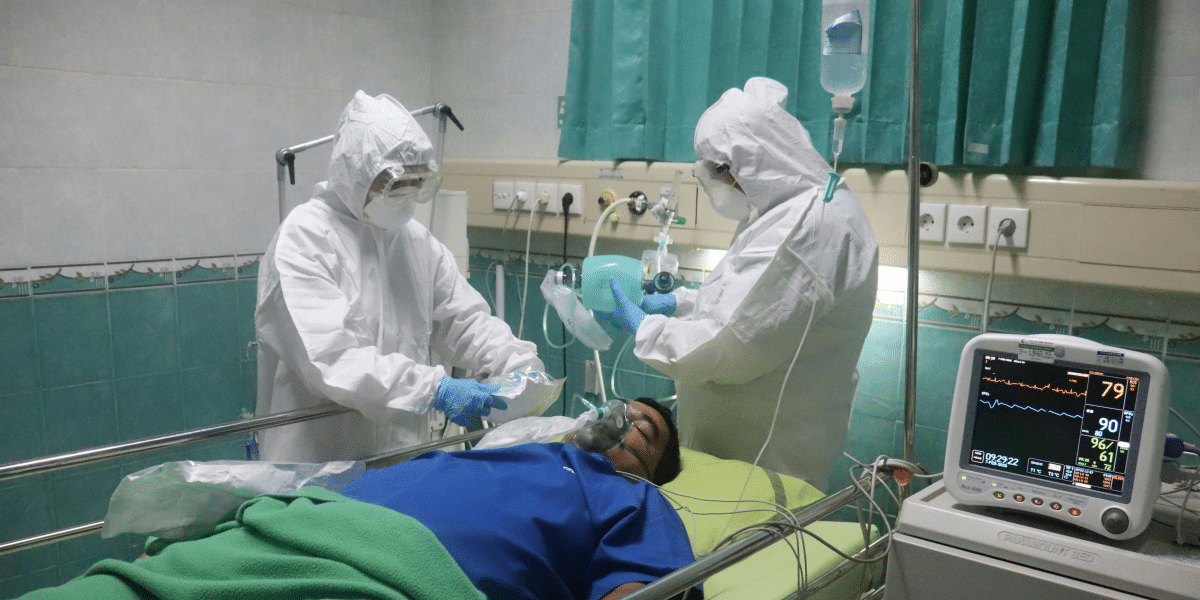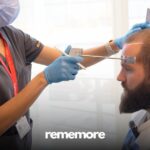In the world of healthcare, being prepared isn’t just an option-it’s a necessity. Universal precautions training stands as your first defense against the unseen. It ensures you’re equipped to face potential health hazards head-on.
Whether you’re starting a medical career or just need a quick reminder, this guide can help you understand the basics of this training. Intrigued?
Stick around as we explore the basics of this training. Ready to dive in? Let’s begin!
Hand Hygiene Practices
Hand hygiene is the cornerstone of universal precautions. Washing your hands thoroughly with soap and water can significantly reduce the spread of germs and other potentially infectious materials.
This is crucial before and after:
- patient contact
- handling medical equipment
- removing gloves
If soap and water are not available, an alcohol-based hand sanitizer is a good substitute. Simple steps such as these can help maintain a safe healthcare environment.
Use of Personal Protective Equipment
The use of PPE is crucial in preventing direct contact with infectious agents. It includes:
- gloves
- gowns
- masks
- eye protection
Each piece serves as a barrier against germs, which is especially important when there’s a risk of touching blood without gloves. Always select appropriate PPE based on the level of exposure and the type of interaction you anticipate with patients.
Remember, the right equipment can be the difference between safety and risk.
Safe Injection Protocols
Safe injection protocols are key to preventing the transmission of infections. Always use a new needle and never reuse or share it.
Dispose of used needles safely in a puncture-proof container to reduce the risk of needle-stick injuries. Then, clean the injection site with an alcohol swab before administering.
Follow these steps to ensure injections are safe for both healthcare providers and patients.
Exposure Response Protocol
In the event of an exposure incident, it’s crucial to follow specific response protocols promptly. If exposed to blood or other bodily fluids, you need to wash the affected area thoroughly with soap and water.
Next, report the incident to your supervisor immediately. Depending on the situation, you may need to seek medical attention and have follow-up testing done.
It’s also essential to document the incident for record-keeping purposes. Doing this will help protect yourself and the patients.
Environmental Cleaning and Disinfection
Proper cleaning and disinfection of surfaces and equipment in healthcare settings are essential to prevent the spread of infections. Make sure to clean and disinfect frequently touched surfaces such as:
- doorknobs
- countertops
- medical equipment
It’s also best to regularly disinfect high-risk areas like patient rooms, bathrooms, and surgical suites. This way, you can help keep infections at bay and maintain a safe environment for everyone.
For those looking to deepen their understanding and skills in universal precautions, you can take the course here, where comprehensive training is provided. With this, you can help create a safer healthcare environment for all.
The Importance of Universal Precautions Training
Universal precautions training is more than just a requirement. It’s a commitment to safety and excellence in healthcare. By mastering these practices, you not only protect yourself but also those under your care.
Don’t wait to make a difference. Join this comprehensive training program today and be a part of the solution to creating a safer environment for everyone.
Did you find this article helpful? Check out the rest of the blog now!
Published by: Holy Minoza

















